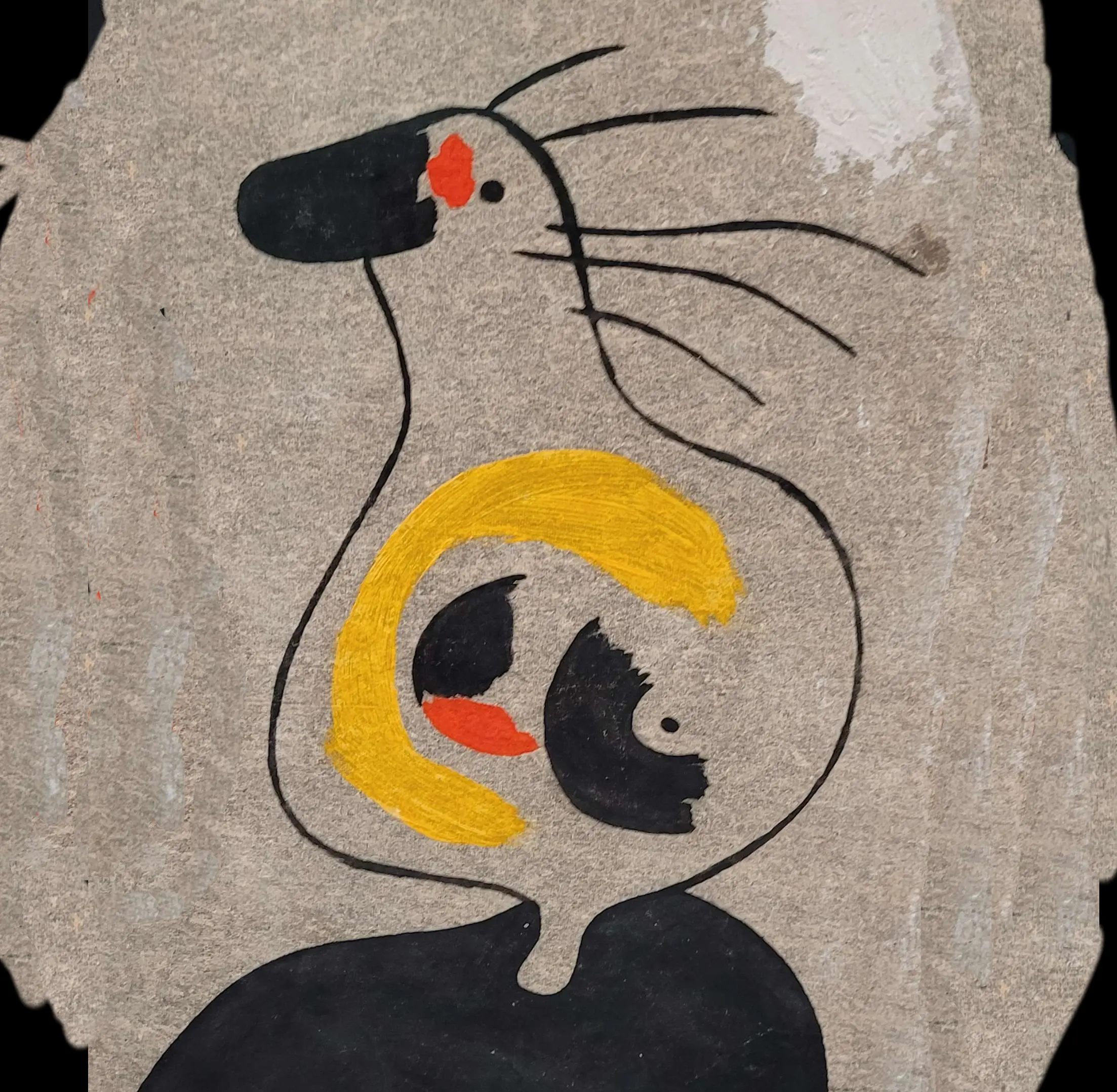I think I’ve mentioned before that rural cyberpunk is just about my favorite setting and I always enjoy it whenever we get a glimpse. Gibson books are great for that, from Turner’s brother’s farm and Dog Solitude in the Sprawl, to the trailer park in the Bridge books, and basically all of the stub in The Peripheral. I love the way cyberpunk (realistically) rejects clean, fresh-start architecture and instead layers new over old, and I think rural areas provide even better contrast for that than the cities, despite how old some cities are. I’ve done a few rural cyberpunk scenes before, mostly for a webcomic. I love looking around my hometowns and trying to capture a type of location - not a specific place, but like an amalgamation of a category like ‘farmhouse,’ or ‘junkyard,’ and then adding kludged-on tech.
I made this one as location art for a Solarpunk TTRPG campaign book I’ve been working on. My goal was to show a sort of old-fashioned for the setting design that used a ton of old, scrapped-together tech. The farmer who lives here was a fan-favorite with my first group of players – he does a lot of work maintaining the meshnet for the mostly-abandoned town where the campaign takes place and he became good friends with the group’s hacker character.
His farm is pretty conservative for the setting. I wanted to play with how perspectives would shift in this utopian solarpunk setting, to have a farm that would seem both futuristic and kinda crunchy-progressive by our standards that would still be pretty stodgy and conservative compared to his neighbors.
He’s relying on biochar, crop rotation, and pollarded trees providing radial chipped wood to replenish his soil instead of manufactured fertilizer, using alley cropping and a handful of other agroforestry techniques to shelter his crops. He cooks his food using a scheffler reflector, drives a woodgas truck he uses to produce his biochar, and generates his power with a mix of solar, wind, water, and woodgas.
But compared to the elaborate food forests of a nearby community, Bob’s open fields and heavy reliance on tech makes his farm look downright traditional.
One of my goals for this region of the map was to explore the different ways one can arrive at some of these practices out of necessity. The people from this abandoned, rural town aren’t likely to be solarpunk ideologues but when supply chains broke down, the infrastructure collapsed, and the population emptied out, those who remained had to adjust to keep going. They look out for each other, grow their own food and generate their own power, and adapt their lifestyles to the seasons because that’s what they had to do to get by when things were bad. Bob is a bit younger than many of the other ‘holdout’ characters, but he’s generally following their mix of goals and motivations.
I find the sort of cyberpunk mix of scavenged tech and a traditional-looking farmhouse to be both a lot of fun and pretty much in line with the farmers I’ve known and worked for, who were happy to bolt new stuff onto old if it got the job done. Bob’s farm is full of scavenged robotics, radio antennas, and other tech, mostly controlled using cybernetics linked to his brain. He’s added a drone hangar to his barn and his UAVs swarm into the skies like bats while robotic tractors and hexapod gardening robots patrol his fields and guard his goats. He bolts solar panels, vertical turbines, electrical boxes, and radio antennas to his buildings with an almost punk focus on practical results over aesthetics.
Other elements also show his involvement in his community. In addition to maintaining the local scrapped-together communications network, he plays a big role in maintaining the town’s network of trials. He’s parked an old snow groomer, of the type used by ski mountains, under a lean-to attached to the barn. He uses this each winter to pack down snow on the town’s roads and trails, as most of them are seasonal, and people here travel by cross country skis, snowshoes, snowmobiles, or use vehicles modified with skis and tracks in the winter.
edit: Also huge thanks to the ham radio subreddit and the community on lemmy for looking over the antennas for me and making suggestions!

